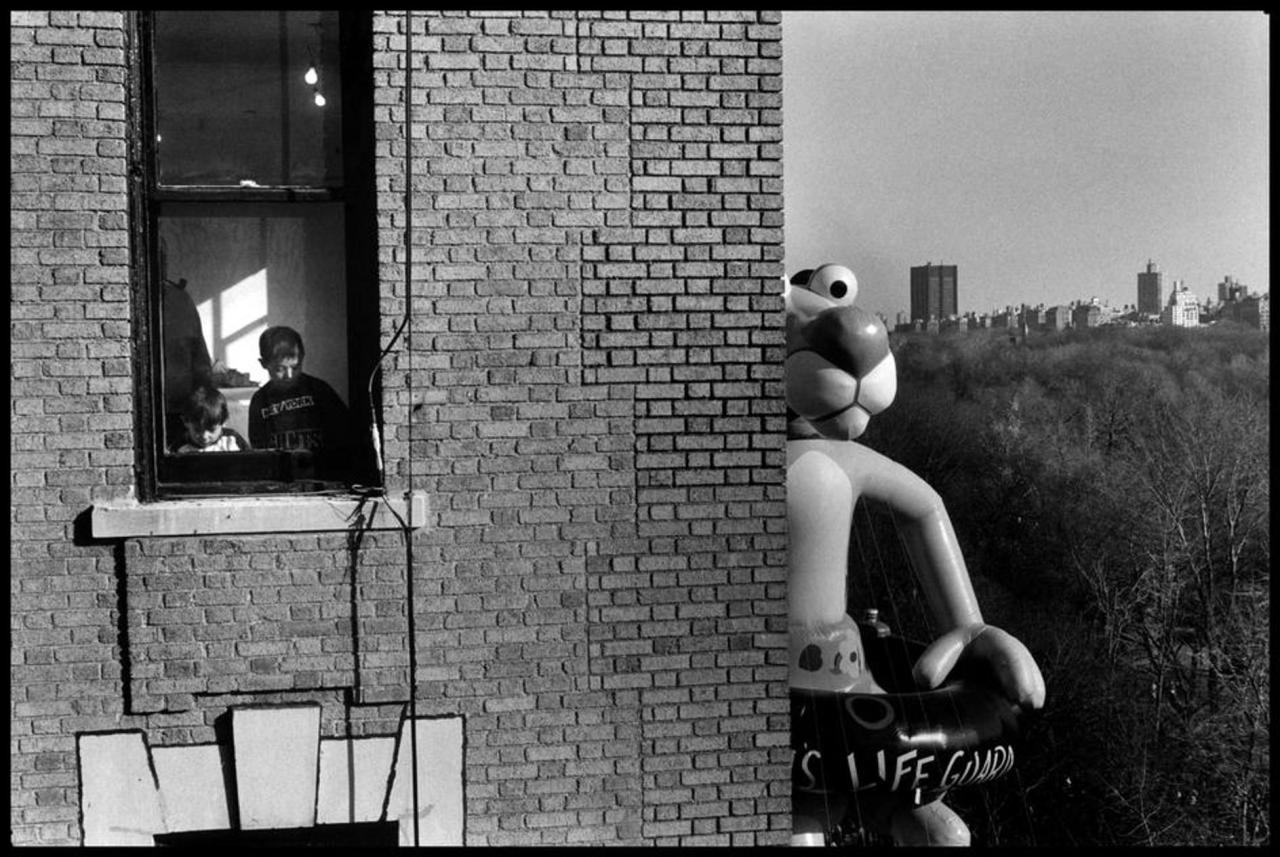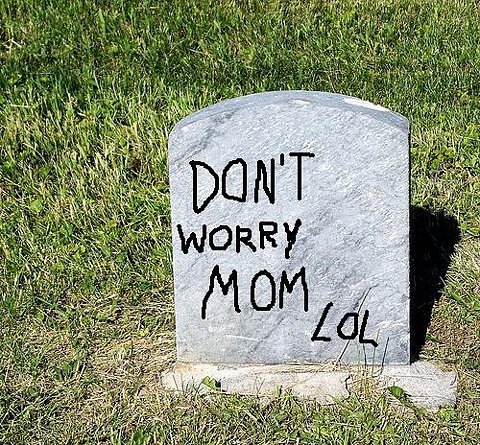Here’s a fun little thought experiment: Imagine a “big government” bureaucracy embarked on a wildly ambitious project of social engineering — only to discover, almost immediately, that it had little hope of meeting its stated objectives. Reluctant to admit defeat, or jeopardize funding for its endeavors, this federal agency proceeded to deliberately mislead the public about how badly its project was going, and the likelihood of its ultimate success. Over an 18-year-period, these pointy-headed bureaucrats and their allied elected officials conspired to shovel roughly $1 trillion of taxpayer money into an initiative that exacerbated the very problems it purported to solve — and got 2,300 Americans killed in the process!
 Now imagine that a major newspaper published a bombshell report meticulously documenting this bureaucracy’s conscious efforts to mislead the American people whom it claimed to serve, so as to ensure that it could carry on squandering our blood and treasure with impunity.
Now imagine that a major newspaper published a bombshell report meticulously documenting this bureaucracy’s conscious efforts to mislead the American people whom it claimed to serve, so as to ensure that it could carry on squandering our blood and treasure with impunity.
Would Congress reward that bureaucracy with a $22 billion budget increase hours later, with self-identified “small government” conservatives leading the call?
This week, we learned that the answer is “of course.”
On Monday, the Washington Post published “The Afghanistan Papers,” thousands of pages of war documents that our government did not want us to see, and which the paper only secured after a protracted legal battle. Those documents include nearly 2,000 pages of notes from interviews with generals, diplomats, and other officials who played a central role in waging America’s longest war. (...)
This campaign of deceit facilitated mindless misuses of public funds. The Defense Department was not directly responsible for all of this waste. And America’s civilian leadership bears primary responsibility for the war itself. But in routinely misrepresenting the state of the conflict, and lobbying for higher levels of funding for both military and aid operations in Afghanistan, the Pentagon is complicit in boondoggles like these:
[ed. See also: Afghanistan papers detail US dysfunction: 'We did not know what we were doing'; and Afghanistan agony is a product of political self-delusion – and public indifference (The Guardian).]
Would Congress reward that bureaucracy with a $22 billion budget increase hours later, with self-identified “small government” conservatives leading the call?
This week, we learned that the answer is “of course.”
On Monday, the Washington Post published “The Afghanistan Papers,” thousands of pages of war documents that our government did not want us to see, and which the paper only secured after a protracted legal battle. Those documents include nearly 2,000 pages of notes from interviews with generals, diplomats, and other officials who played a central role in waging America’s longest war. (...)
This campaign of deceit facilitated mindless misuses of public funds. The Defense Department was not directly responsible for all of this waste. And America’s civilian leadership bears primary responsibility for the war itself. But in routinely misrepresenting the state of the conflict, and lobbying for higher levels of funding for both military and aid operations in Afghanistan, the Pentagon is complicit in boondoggles like these:
During the peak of the fighting, from 2009 to 2012, U.S. lawmakers and military commanders believed the more they spent on schools, bridges, canals and other civil-works projects, the faster security would improve. Aid workers told government interviewers it was a colossal misjudgment, akin to pumping kerosene on a dying campfire just to keep the flame alive.
One unnamed executive with the U.S. Agency for International Development (USAID) guessed that 90 percent of what they spent was overkill: “We lost objectivity. We were given money, told to spend it and we did, without reason.” (...)But no detail from our misadventure in Afghanistan may do more to validate the conservative critique of “big government” excess than this one: Before the U.S. invasion, the Taliban had almost completely eradicated the opium trade in Afghanistan. After 18 years of war — and $9 billion in U.S. funding for anti-opium programs in the country — the Taliban remains in power, only now, it presides over a country that supplies 80 percent of the world’s illicit opium.
The Washington Post and New York Times aired all this dirty laundry on Monday morning. Hours later, Congress’s Armed Services Committee released a bipartisan draft of the 2020 National Defense Authorization Act (NDAA) that would give the Pentagon an additional $22 billion to play with next year, bringing its annual budget to $738 billion. Before Donald Trump took office, the U.S. was already spending more on our military than China, Russia, Saudi Arabia, India, France, the United Kingdom, and Japan spend on theirs, combined. The Defense Department’s budget is now $130 billion larger than it was the day Trump was sworn in. Meanwhile, nearly 2 million Americans are still living in places that do not have running water.
by Eric Levitz, The Cut | Read more:
Image: Joe Raedle/Getty Images[ed. See also: Afghanistan papers detail US dysfunction: 'We did not know what we were doing'; and Afghanistan agony is a product of political self-delusion – and public indifference (The Guardian).]


















